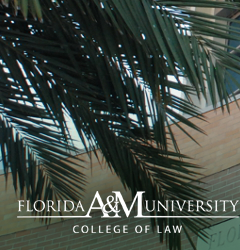
Abstract
One court notes that the Supreme Court of the United States (“SCOTUS”) has previously not found specific intent to be required under similar language within Section 1001.9 While there are many similarities between Sections 1001 and 1035, there are salient differences. Notwithstanding the differences, this Article argues that Sections 1001 and 1035 should be interpreted without “intent to deceive” and rather be interpreted as a strict liability offense. This argument began with Part I, which provided a brief introduction regarding specific intent under Sections 1001 and 1035. Part II examines the purpose of criminalizing false statements, which identifies why the statute should be interpreted narrowly. Part III analyzes case law and how the Federal Circuits have interpreted the statute. Part IV discusses how Sections 1001 and 1035 meet the required elements to be classified as a public welfare offense. Part V analyzes why it is malapropos for the Department of Justice to trumpet their views on the law, and how it crosses the line of the separation of powers. Part VI identifies the “exculpatory no” doctrine, which the Supreme Court ultimately rejected, as an example of courts going beyond the plain meaning interpretation of the statute. Part VII explores the materiality requirement of the statute, and how courts have interpreted it. Part VIII provides conclusive thoughts and analysis.
Recommended Citation
Lie to Me: Examining Specific Intent Under 18 U.S.C. §§ 1001, 1035,
14
Fla. A&M U. L. Rev.
271
(2022).
Available at:
https://commons.law.famu.edu/famulawreview/vol14/iss2/4
Included in
Criminal Law Commons, Criminal Procedure Commons, Evidence Commons
